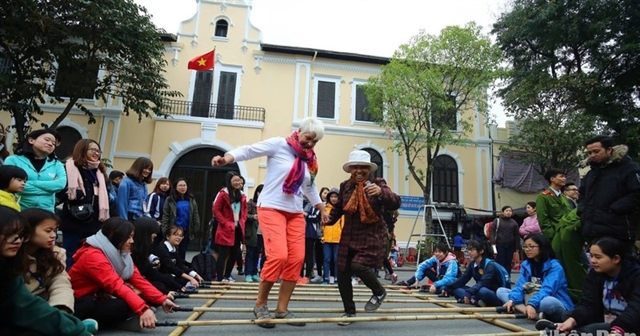 Life & Style
Life & Style

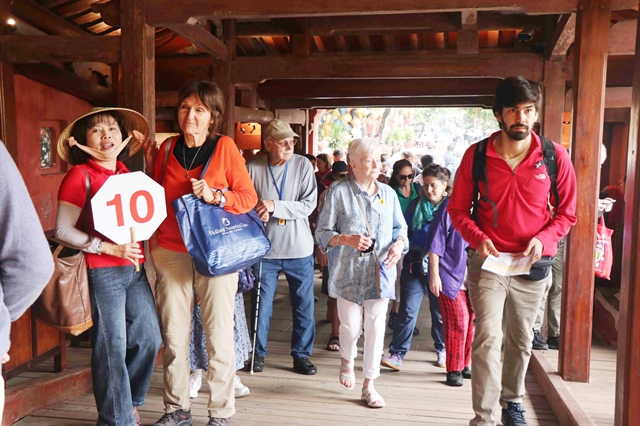 |
| Tourists visit Chùa Cầu, or the Japanese Covered Bridge in Hội An City. VNA/VNS Photo |
HÀ NỘI - Confronted with major challenges like resource depletion, environmental pollution, and climate change, the tourism industry is seeing an urgent need to rethink its approach to resource management to ensure sustainable development.
For the past 15 years, experts at the Scientific Union for Sustainable Tourism Development (STDe) have been pioneering a fresh, innovative approach to tourism.
Through research and the implementation of 35 groundbreaking projects, they have turned challenges into opportunities. Several of these projects have already been realised, making a significant impact in the tourism sector.
One of the most notable initiatives is turning central Việt Nam’s rain and floods into tourism products. Rather than avoiding or combating adverse weather, this project proposes a range of novel tourism experiences that embrace the rainy and flood seasons, offering tourists a unique perspective on the region.
This approach allows the tourism sector to not only coexist with nature’s extremes but also find value in them. Though initially met with controversy, the project has since been adopted by businesses in the central city of Huế and Hội An City of central Quảng Nam Province, demonstrating its potential.
Another highlight is the 'dark hotel' model, an energy-efficient project that surprises visitors by exploring the beauty and value of darkness. The project won the Contribution Award at the 2011 Green Economy Ideas competition and secured technology transfer contracts at the 2013 Techmart International Fair.
Other notable initiatives include 'silver wind in Bạc Liêu', a tourism product linked to the province’s wind farms, and 'rice straw in Đường Lâm', a project that helps villagers create eco-friendly accommodation, souvenirs and fashion items from rice straw, reducing environmental pollution caused by straw burning.
These projects have opened new doors and created innovative paths for tourism product development in Việt Nam.
Chairwoman of STDe, Dr Nguyễn Thu Hạnh, said that these projects not only challenge outdated methods of resource exploitation but also enhance the value of tourism assets, boosting revenue while reducing environmental impact. Ultimately, they generate long-term, sustainable benefits for the tourism sector and related industries. However, this journey is not without its hurdles. Creative ideas alone are not enough - implementing these projects involves overcoming significant challenges, she said.
A key obstacle, according to STDe, is how to persuade businesses, which have traditionally relied on raw resources exploitation, to embrace scientifically backed, creative research. Additionally, many research-driven products are hard to value, vulnerable to intellectual property theft and lacking effective protection, making it difficult for these innovative ideas to reach the market.
Head of the Tourism Department at Hà Nội University of Culture, Associate Professor, Dr Bùi Thanh Thủy, says this shift is essential, especially as climate change and environmental pollution continue to escalate.
She stressed the need for a policy framework to turn creative ideas into tangible products. She highlighted that the creative economy is gaining recognition and urges a shift in mindset to build a market for creative industries, moving beyond the notion of non-material production.
Vice President of the Hà Nội Tourism Association, Nguyễn Tiến Đạt, emphasised the need to balance innovation with practicality in tourism. Key considerations include investment scale, feasibility and the potential for revenue generation, he said, explaining that many creative ideas require significant investment and collaboration with multiple stakeholders, which can be challenging. Additionally, creative products often have a short shelf life, requiring frequent updates to maintain appeal, he added.
Turning ideas into successful tourism products requires collaboration in research and investment, as well as the involvement of businesses, local areas and residents. VNS

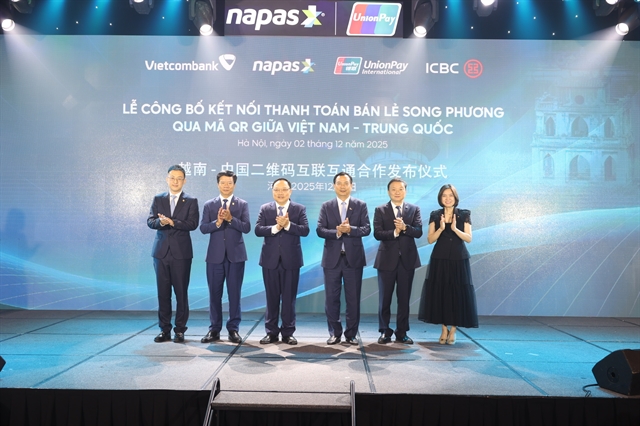
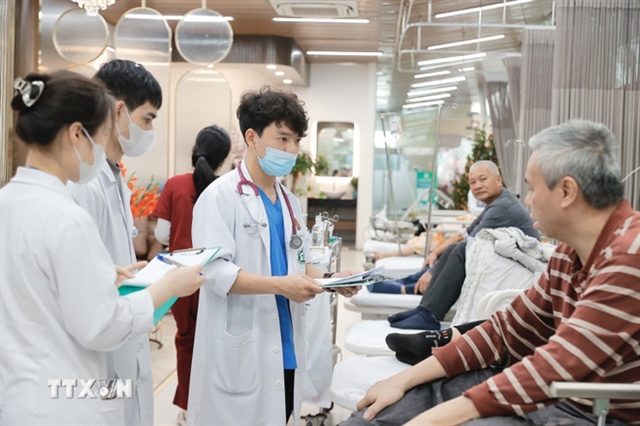
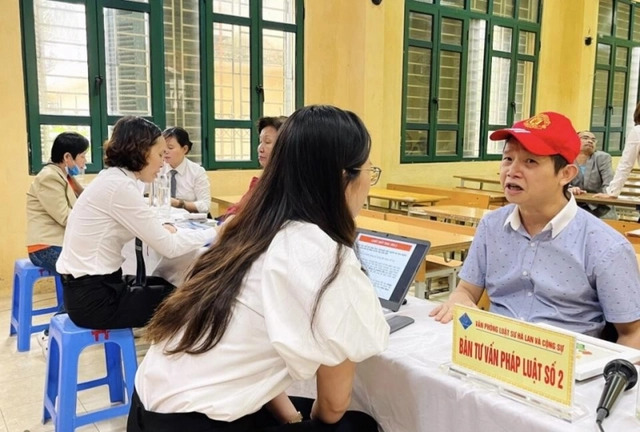
.jpg)